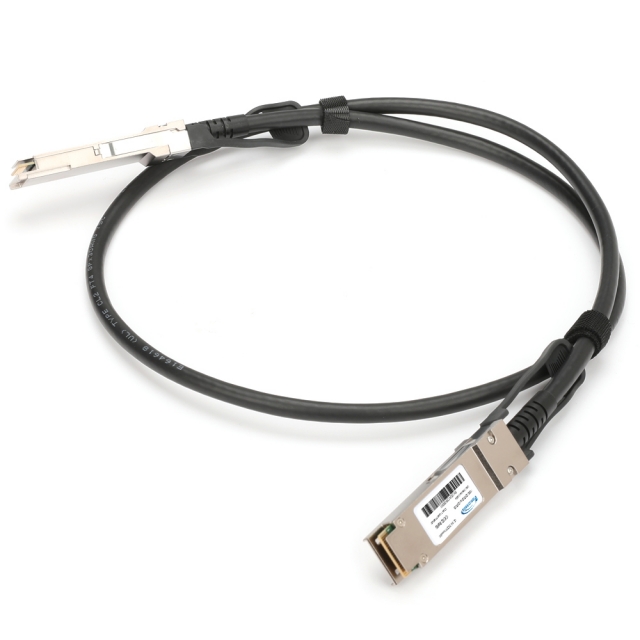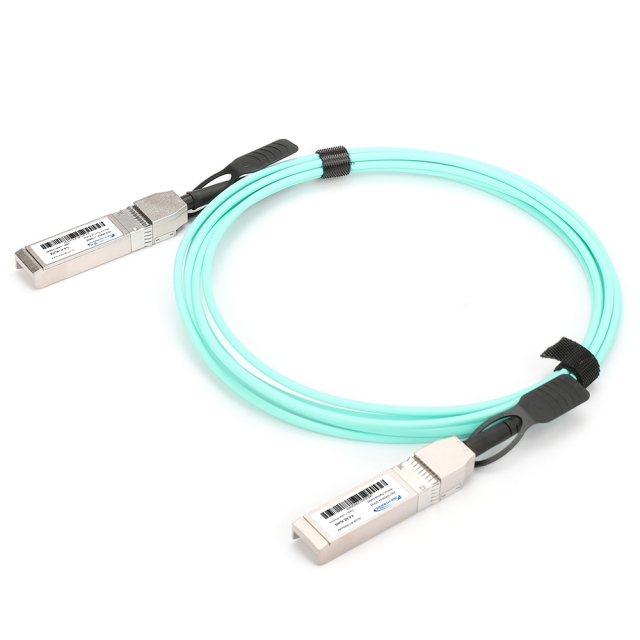AOC and DAC Cables:The Backbone of Cloud Data Centers

In today’s hyper-connected digital landscape, cloud data centers serve as the engine rooms of global computing — hosting everything from enterprise workloads to AI training models and real-time content delivery. With this exponential demand comes a critical requirement: ultra-fast, reliable, and cost-efficient internal networking. This is where Active Optical Cables (AOC) and Direct Attach Copper (DAC) cables play a pivotal role.
At the physical layer, they’re responsible for delivering high-speed data transmission between servers, switches, and storage arrays — the core components of any scalable cloud infrastructure. As cloud data centers scale from hundreds to thousands of racks, choosing the right cabling solution becomes a strategic decision that affects performance, power efficiency, cost, and even futureproofing.
Understanding the Role of AOC and DAC Cables
To grasp their importance, let’s define each cable type and its unique characteristics.
What Are DAC Cables?
Direct Attach Copper (DAC) cables are high-speed cables with fixed transceivers at each end, directly attaching networking equipment. They use twinax copper and are commonly available in passive and active variants:
Passive DACs: Zero power consumption, ideal for very short distances (<3m)
Active DACs: Signal conditioning for distances up to 7 meters
They are favored for:
Low cost
Ultra-low latency
Ease of deployment
 What Are AOC Cables?
What Are AOC Cables?
Active Optical Cables (AOC) are pre-terminated cables with integrated optical transceivers. They use optical fiber to transmit signals and convert them back at the receiving end, all within a compact cable assembly.
Benefits of AOC include:
Longer reach (up to 100m and more)
High bandwidth support (100G/200G/400G+)
Lightweight & flexible
Reduced electromagnetic interference (EMI)
How AOC and DAC Cables Fit into Cloud Data Centers
Modern cloud data centers, especially hyperscale facilities operated by AWS, Microsoft Azure, Google Cloud, and Alibaba Cloud, operate on multi-tiered network architectures. These include:
Leaf-Spine Topologies
ToR (Top-of-Rack), EoR (End-of-Row), and MoR (Middle-of-Row) switches
Pods and clusters for modular scalability
In these complex ecosystems, DAC and AOC cables are chosen based on distance, power constraints, airflow requirements, density, and cost efficiency.
Real-World Deployment Scenarios
 Server-to-ToR (Top-of-Rack) Switch
Server-to-ToR (Top-of-Rack) Switch
Typical Distance: <3m
Preferred Cable: Passive DAC
Reason: Minimal cost and power draw. Ideal for short-run, high-volume deployments.
 ToR Switch to Leaf or Aggregation Switch
ToR Switch to Leaf or Aggregation Switch
Typical Distance: 5–20m
Preferred Cable: Active DAC or AOC
Reason: AOCs offer better signal integrity and reach with less cabling bulk.
 Leaf to Spine or Core Network Switches
Leaf to Spine or Core Network Switches
Typical Distance: 20m–100m+
Preferred Cable: AOC
Reason: AOCs support 100G/200G/400G speeds over longer distances without the complexity of discrete transceivers.
 AI and HPC Cluster Interconnects
AI and HPC Cluster Interconnects
With the rise of AI training clusters (like those used in GPT or LLM development), inter-GPU bandwidth becomes vital. AOCs are often preferred due to:
Long-distance support between GPU chassis
High thermal tolerance
Better airflow in high-density setups
Feature Comparison: AOC vs DAC in the Data Center
| Feature | DAC Cable | AOC Cable |
|---|---|---|
| Transmission Medium | Copper | Optical Fiber |
| Max Reach | ~7m | ~100m+ |
| Power Consumption | Low (especially passive) | Moderate |
| EMI Immunity | Low | High |
| Bandwidth Support | 10G–400G | 10G–800G |
| Flexibility | Stiffer, heavier | Lighter, more flexible |
| Ideal Use Cases | Intra-rack | Inter-rack, inter-row |
| Airflow & Cable Mgmt | More obstructive | Airflow-friendly |
The Economics of Scale in Hyperscale Data Centers
Imagine a hyperscale provider operating 10,000 racks with 20–40 servers each. A cable choice that saves $10 per link or 0.5W of power per connection scales to massive cost and energy savings.
 Cost Efficiency
Cost Efficiency
DACs are cost-effective, especially for short distances.
AOCs are more expensive, but eliminate the need for separate optics and fiber patch cords.
 Power & Thermal Efficiency
Power & Thermal Efficiency
Passive DACs draw virtually no power.
AOCs require power but help reduce cooling costs due to better airflow and less bulk.
 Operational Efficiency
Operational Efficiency
Pre-terminated AOC and DAC cables reduce installation errors and simplify inventory management.
Less reliance on external transceivers reduces potential points of failure.
Emerging Trends: The Future of AOC & DAC in Cloud Design
As networks migrate to 400G and 800G, cable technologies are evolving. Here’s what’s ahead:
QSFP-DD and OSFP DACs for 400G+
High-density AOC bundles with pull-tab connectors
Co-Packaged Optics (CPO) may reduce traditional cabling, but AOC/DAC will still dominate top-of-rack links
Liquid-cooled environments may require lower-profile AOC cables that handle elevated temperatures
Some leading brands, including Fibrecross, are developing next-generation AOC and DAC assemblies that combine performance with eco-friendly design — optimizing both capex and opex for cloud clients.
Where Fibrecross Adds Value
Fibrecross, as a trusted provider of optical interconnect solutions, delivers AOC and DAC cables that meet the rigorous standards of hyperscale cloud operators. Whether supporting 100G server uplinks or 400G spine switch connections, Fibrecross offers:
Pre-tested, low-latency solutions
Compatibility with major switch vendors (Cisco, Arista, Juniper)
Enhanced durability for high-density environments
With growing emphasis on green data centers, the company’s low-power, airflow-optimized designs also support broader sustainability goals.
Final Thoughts
In the race toward cloud-scale innovation, the smallest components often make the biggest impact. AOC and DAC cables are more than just transmission mediums — they’re enablers of the speed, scale, and flexibility required in today’s cloud data centers.
Whether you’re designing next-gen AI clusters or optimizing legacy cloud pods, selecting the right cable for each use case can improve:
Performance consistency
Operational uptime
Total cost of ownership
As the industry evolves, solutions like those from Fibrecross will remain vital in shaping the future of intelligent, high-bandwidth, and sustainable cloud networking.
Related Posts
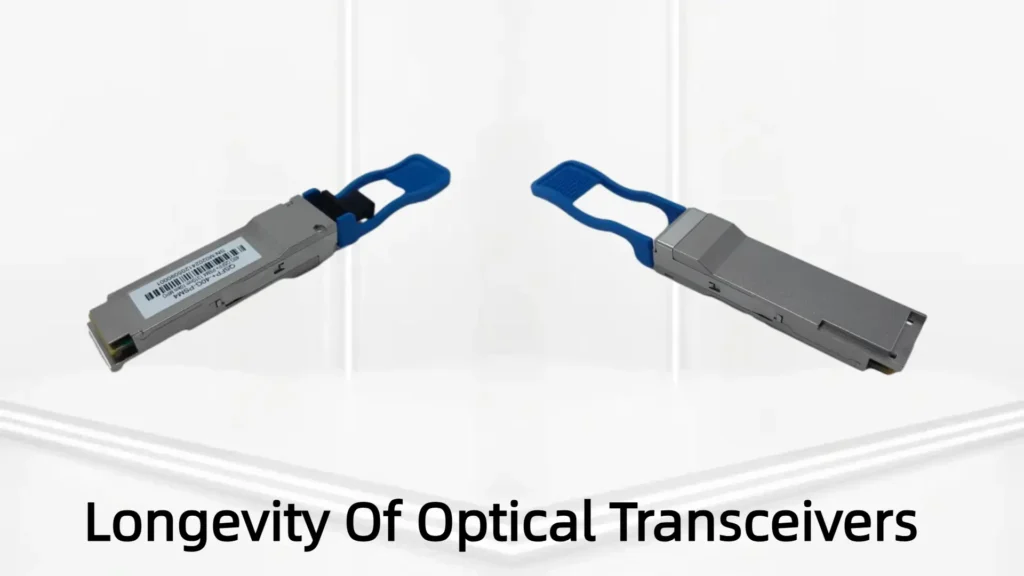
What Is the Lifespan of an Optical Transceiver?
Learn the typical lifespan of optical transceiver modules like SFP+, QSFP+, QSFP28, QSFP-DD, OSFP. Discover factors that affect durability, signs of failure.
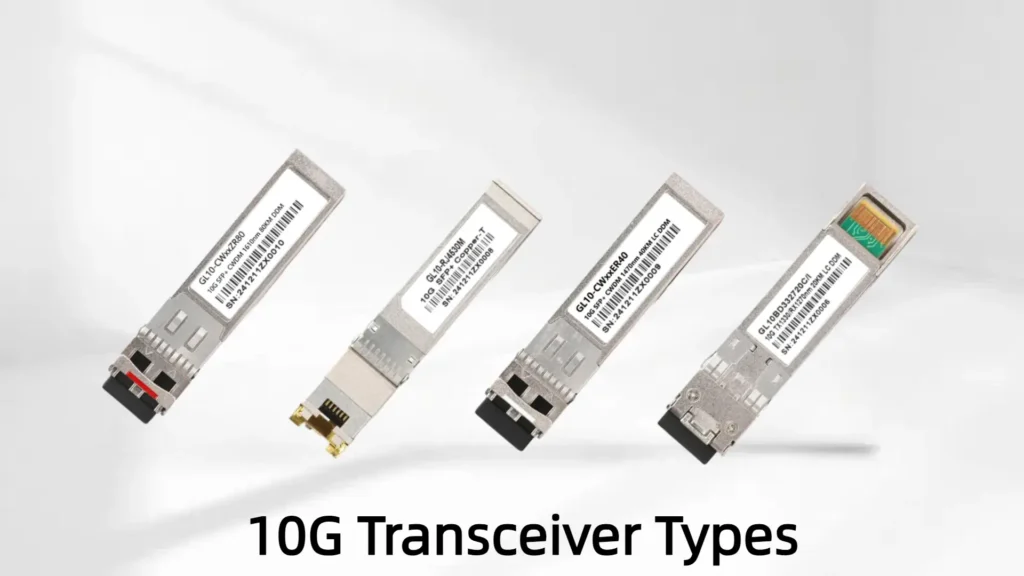
10G Transceivers: Types, Distances & Buying Guide
Learn the real-world differences between 10G transceiver types (SFP+ SR/LR/ER/ZR, copper/DAC/10GBASE-T), distances, use cases and buying tips.

What Is a BiDi Transceiver?
Discover what a BiDi transceiver is, how BiDi optical transceivers work, and why 800G BiDi is shaping the future of data center networking.
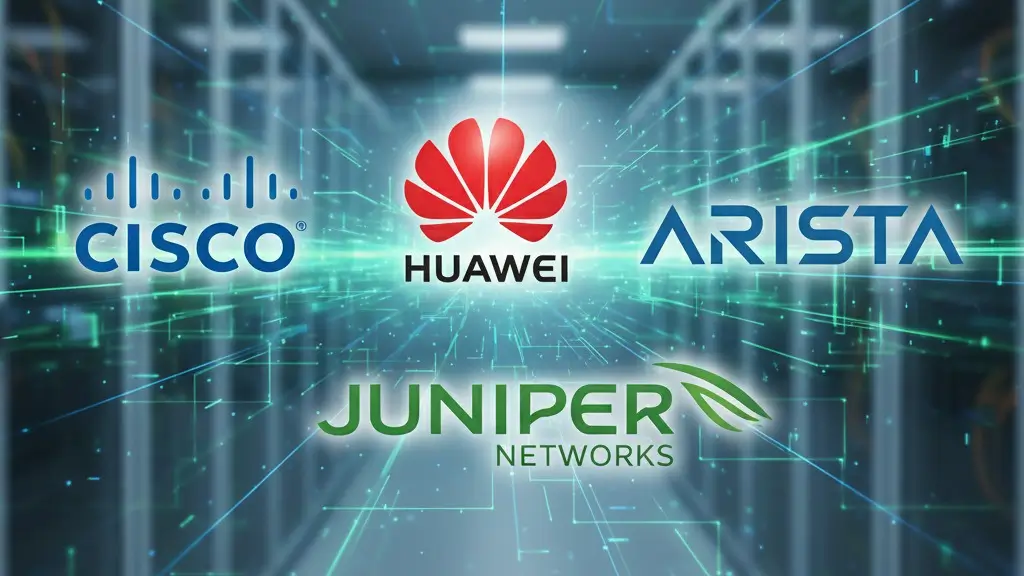
OEM vs. Third-Party Optical Transceivers: Which to Choose?
Make an informed choice between OEM and compatible optical transceivers. Practical guidance for IT managers on reliability, vendor support.

